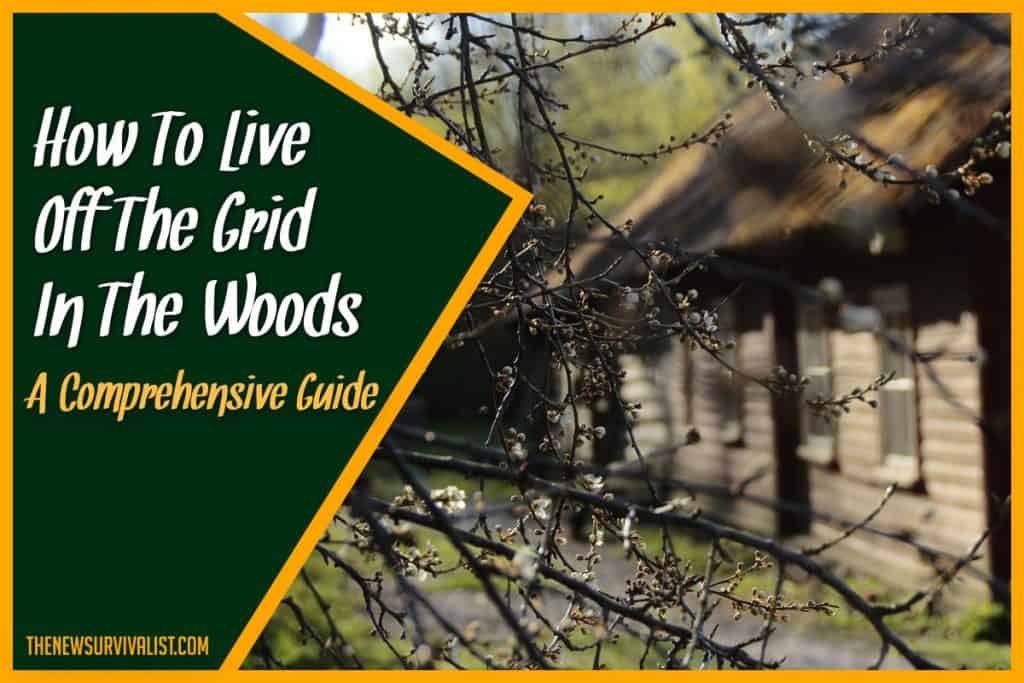With so many things we take for granted in society, living off the grid takes a strenuous degree of self-sufficiency and planning. Most people aren’t prepared for the sheer quantity of personal responsibilities that come with this way of life. It’s better to prepare yourself for complications rather than simply responding as they crop up.
Living off the grid needs a good understanding of how to meet specific needs society managed for us prior. Location, costs, and material availability are important factors to consider for the initial planning. Food, water, energy, and waste disposal need to be manageably self-reliant to ensure a comfortable quality of living.
Living off the grid is relatively manageable, and the woods are excellent regions for readily available resources. As long as you have the right knowledge and necessarily skills, living in the woods would not be difficult. Below are a few things that are important not to overlook.
How To Live Off The Grid In The Woods
Location Scouting and Needs Assessment
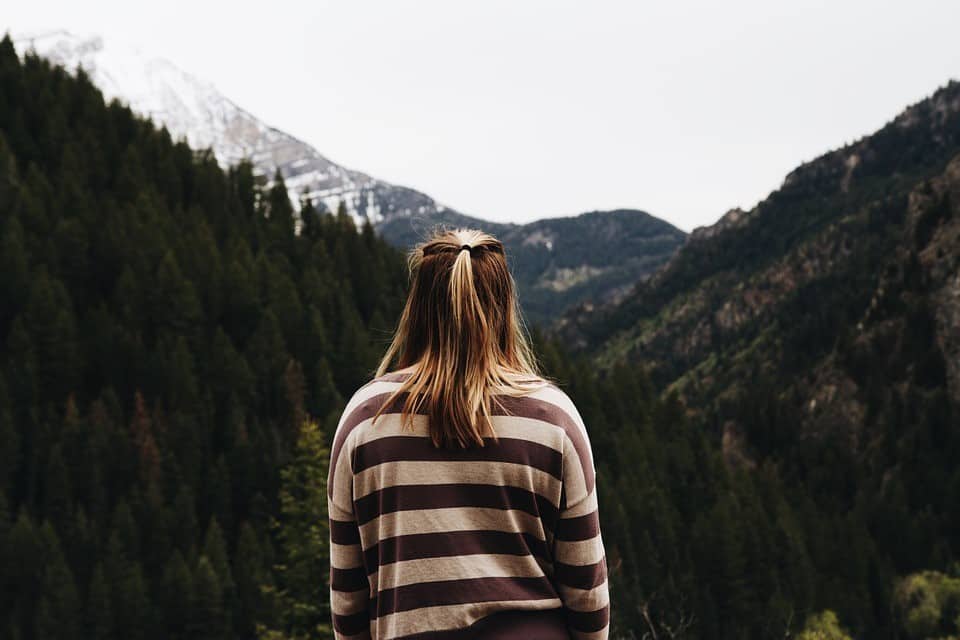
Living off the grid in the words usually entails limited reliance on modern technology, which goes double for societal conveniences. It isn’t likely for you to connect to power grids or other communal amenities in the vicinity due to the remoteness of your location.
Emergency services will be less capable of responding to calamities or other emergencies versus how they would in more residential areas. This extends from anything from large-scale disasters to personal concerns.
Prospective residents may have specific health vulnerabilities to watch out for. If the area poses any serious medical risk – either through direct means or simply inaccessibility of treatment – immediately search for more amenable areas.
Repair and maintenance also become more difficult without accessible community service providers. Precautions must be taken for the possibility of you being deprived of sources of essential needs (e.g., water pumps contaminated, power generators shorting out).
Care must be taken when deciding on location – mind local disaster risks and the expected frequencies of occurrences. Wildfires and flooding are among the most devastating catastrophes for people living off the grid and happen with far less forewarning than most other possibilities. Medical issues are a more upfront concern and need to be considered before selecting locations.
Costing and Materials
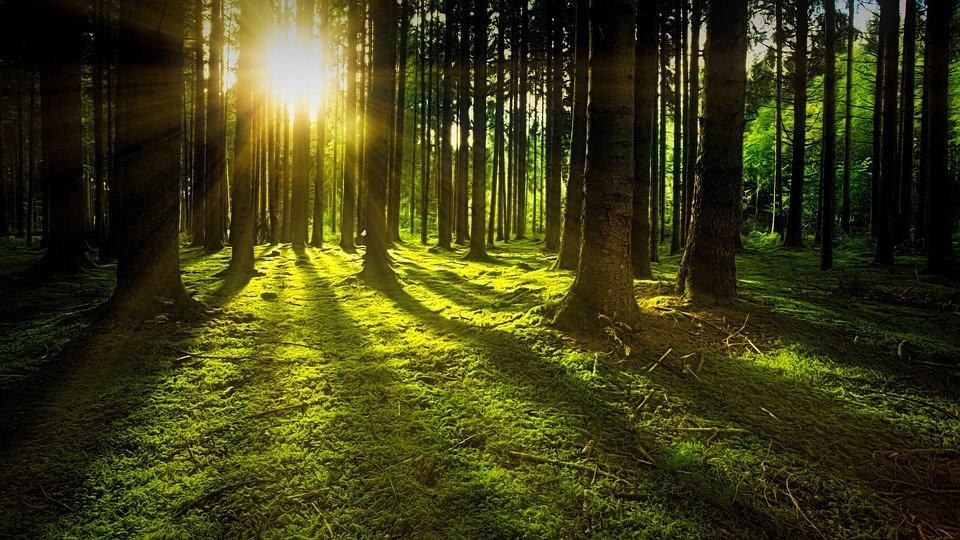
Living off the grid necessitates a lot of legal red tape to transition from your prior lifestyle. Handling them properly as they come up is critical. Neglecting any legal concerns could lead to complications, penalties, or even a total loss of investment in some situations.
Off-grid shelters can be built from scratch or repurchased, with both having distinct considerations. These homes are usually modestly sized and often come with only the barest spartan accommodations. Off-grid homes prove much more affordable than residential ones but building your own is even cheaper still.
The construction item most likely in demand is usually timber. If you plan to create your own off-grid homestead from scratch, consider buying a portable sawmill for expedience. Lumber purchased from stores may come bundled with minor issues. Common examples of this include chemical treatment, bad cuts for your build plan, or just greatly inflated prices.
Producing your own lumber allows greater control of the building process, and the investment can potentially be used to turn a minor profit among other prospective homesteaders.
Common resources for masonry include stone or brick and can be produced on-site or purchased from a retailer depending on preferences. Transporting this material is the chief consideration, due to their weight coupled with the building site’s likely isolated location.
Food
Most of your nourishment can be met by living off the land itself, but that doesn’t necessarily mean groceries should be disregarded entirely.
Gardening
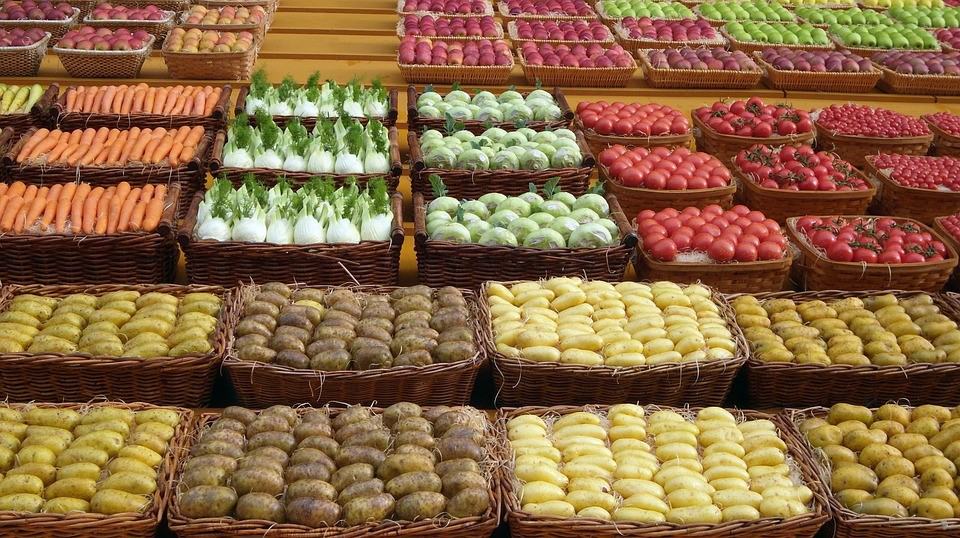
Gardening can make for a reliable food source, given time and proper care. This method doesn’t have rapid returns, as even the quickest-growing vegetables usually take three to four weeks to cultivate. It’s the least physically taxing of the food procurement methods and is very accessible in a multitude of climates.
All you need for a prepper garden is soil, a handful of seeds, and a few planters on hand. Tend to them to ensure proper growth and sunlight exposure. Be wary of insects drawn to your private hobby, as some of them can damage or kill your future product in time.
While gardening makes for a nice hobby, doing it for nutritional reasons needs efficient crops for decent returns. However, plants can boil down to preference most of the time. It’s also the only procurement method among the three that’s legal to do without licensing in all areas of the world.
Ideally, gardening would simply serve as a supplement to your meal plans. With enough investment and large enough dedicated lang, a fully off-grid vegan lifestyle is feasible.
Hunting
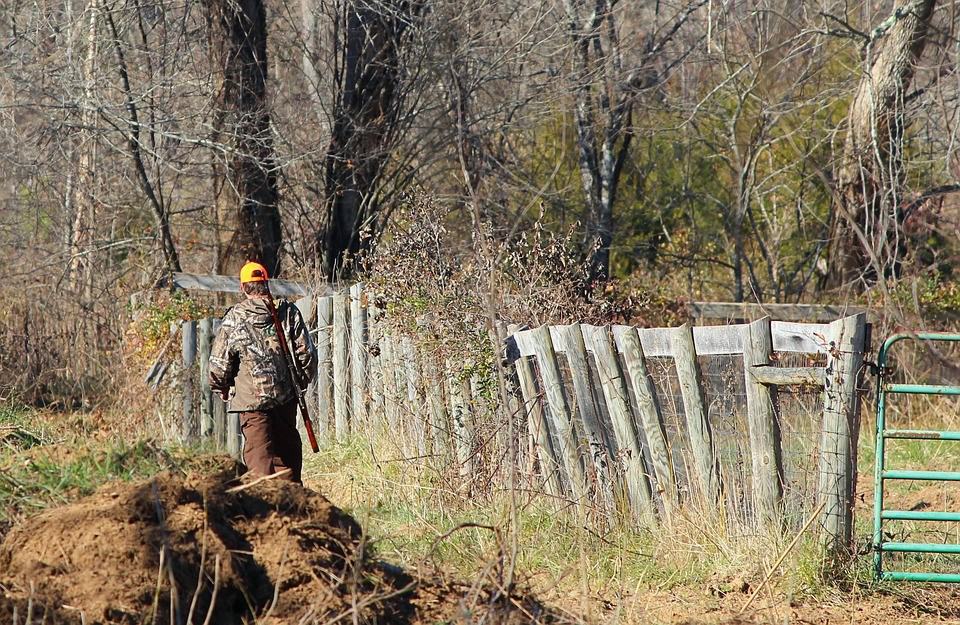
There are many different ways to hunt, which end up providing different kinds of game. Different licenses are needed for different game, with some requiring special training courses.
The common image for people imagining hunting is someone stalking an animal with some sort of projectile weapon in hand – usually some variant of rifle, though bows still see fair use. This requires some familiarity with the land and local fauna, alongside federal and regional hunting laws.
Pest species – such as the brown rat – can be hunted with impunity. Invasive species don’t always require a license depending on the area, but at minimum necessitate some training proportional to their danger. Game is sorted into different categories that usually correspond to their size. Different regions have their own procedures, and it’s important to familiarize yourself accordingly.
Once this is sorted, take note of the type of game you’re aiming to snag and the most effective weapon for the task. A large-caliber rifle could obliterate rabbit meat and hide, rendering the ordeal pointless. Using an underpowered cartridge may lead to needless suffering to the animal struck. Bring the proportional tool for your goals to avoid these wasteful outcomes.
The actual hunting is a complex ordeal in itself, but there are some guidelines that prove generally applicable regardless of the environment. Disguise your scent with natural materials (e.g., dirt, leaves) and try to remain downwind as much as possible. Move slowly and deliberately, and make sure to ready your aim for as long as needed to ensure a quick, humane kill.
Hunting is an excellent source of natural game but requires an in-depth understanding of the local area’s game laws to enjoy the full benefits. It’s important to conform to these rules and not run afoul of local wildlife, as the penalties can be extremely punishing due to regulations in place.
Fishing
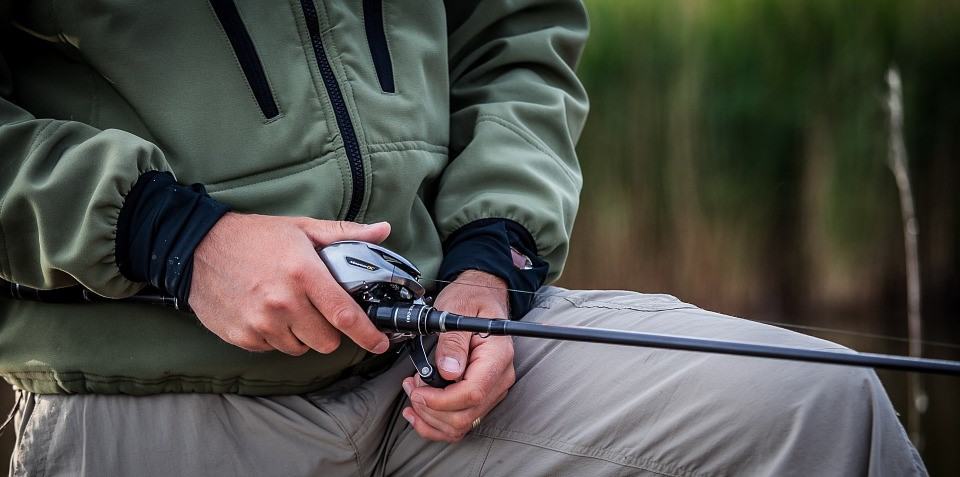
This serves as a nice middle ground between the two methods above, being relatively low maintenance but also providing very healthy meat. It also makes for a nice way to pass the time.
Fishing can be done with a lot of tools, but poles are likely the best method for individual usage. The main takeaway needed to fish properly is patience – waiting can take a long while, and fish startle very easily. Bait also makes a noticeable difference, and common ones include bread dough, worms, bits of cheese, and other small fish.
The location also heavily contributes to the experience. Saltwater fishing has you contending with larger, more aggressive fish than freshwater areas and requires sturdier rods as a result.
While fishing, it’s important to keep your eye on the float. The float’s job is to indicate any movement on the bait but also doubles to suspended it at the proper depth to attract fish. The float bobbing down into the water usually means a fish is nearby, while a submerged float implies you caught a bite.
Let the fish drag – that is, let it keep drawing out line. The drag is simply a pair of friction plates that let the string loose at a certain degree of pressure, which keeps the line from snapping from strain.
When the fish yanks, let it drag the line to avoid damage. After it rests, angle the rod upwards towards the sky. Do not begin reeling until you start lowering the rod. Simply repeat the entire process until you’ve caught the fish.
Fish make for a great source of protein and omega 3, but don’t play by the same rules as meat in a lot of ways. Keep yourself informed on how long fish can keep, and you’ll have a healthy protein supplement for your diet.
Water
Water is a staple requirement for day-to-day life, being used for hydration, washing, gardening, and sanitation. It’s important to have readily accessible water if you plan to live anywhere long-term. A comfortable allocation would be two gallons of water per person per day: one for drinking, and the other to handle miscellaneous needs.
Running sources of freshwater are ideal for human consumption. Rivers and streams are among the cleanest natural sources of water, being less likely to draw bacteria and insects than ponds. When collecting water, it’s important to collect from as high up the river as possible.
Still water can be used, but there are more precautions to bear in mind. Watch out for algae or foam accumulation, as these serve to indicate runoff or contamination. Avoid drawing from still water as much as possible. They serve as breeding grounds for unwanted elements and attract a whole host of parasites that are more difficult to handle isolated from communities.
Impurities can be removed in a number of different ways, with the most common and effective method being boiling. It’s important to maintain a rolling boil for at least 1-3 minutes to kill living contaminants. Another option is chlorination, which can be done without heat or other implements. A notable drawback is the price of the tablets, but this method makes for a good fallback when heating implements are unavailable.
Energy
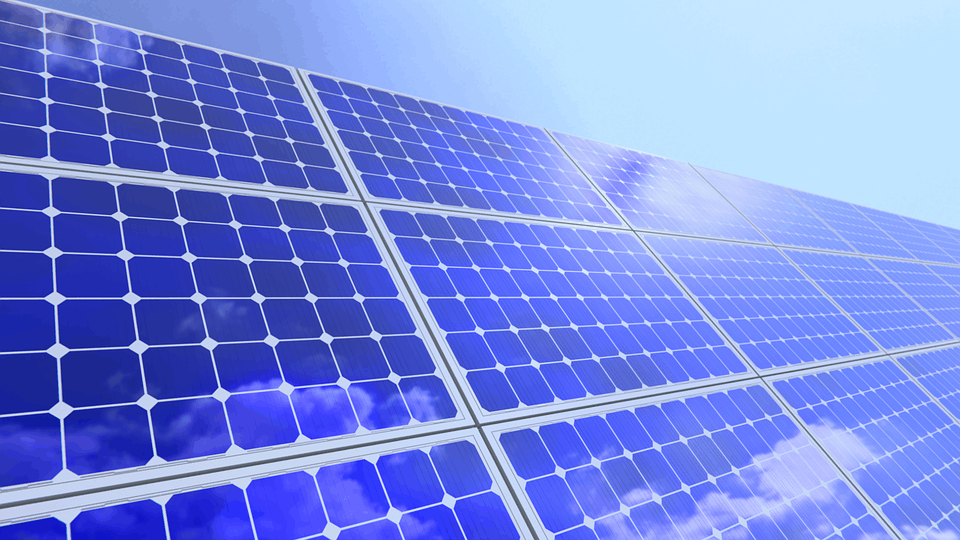
The term “off-the-grid” actually corresponds to people separating their house and utilities from local power grids. Some people cut themselves off entirely, while others make limited use of electricity for their daily lives.
Electricity isn’t as vital if all you need from power are the bare essentials. Coal and firewood can be used for heat and should be more than enough for cooking and warming purposes. Candles and fuel lamps provide sufficient visibility even at night. Care should be taken when handling fuel-based energy in a homestead, as most off-grid houses are largely composed of wood and susceptible to fire hazards.
If you want a bit more than that, you’d want to invest in some form of power generator. These can run off different fuels, with the most common variants running off either propane or gas. Decide on what would best suit your purpose and fuel availability.
Depending on your location, solar panels could be a nice option – the issue being power storage. While free electricity sounds promising, they come with a few drawbacks. Not only are power storage units for solar panels discouragingly expensive for some, but the units themselves also take up quite a bit of space.
Your energy choices should bank on what you’d like to do with it, what’s most feasible to do, and if you can manage to maintain it comfortably.
Waste Disposal
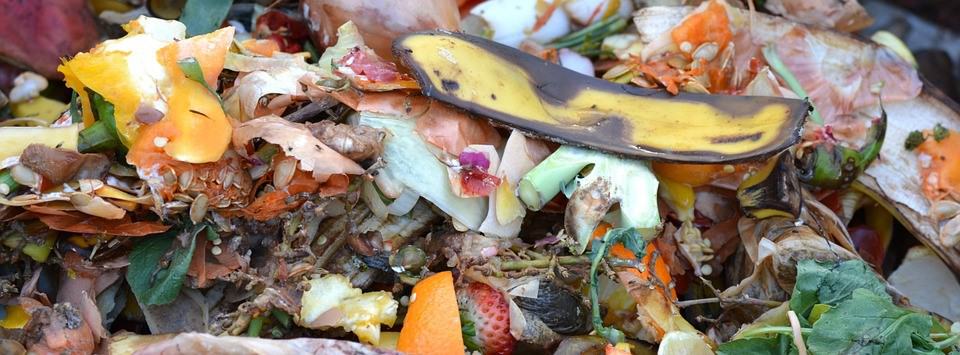
Living off the grid means better management of your own waste disposal, as most conveniences you’ve depended on will likely be unavailable now. A lot of waste can be accommodated very easily and can even help you out in other tasks.
One of the most helpful ways to do so is composting. Food scraps and other organic waste take up a lot of landfill space and release methane, a greenhouse gas with adverse effects on the environment. Instead of disposing of it the expected way, composting repurposes these remnants to enrich your gardening area and future yields.
Take note of your disposable plastic use – most aren’t really necessary. Glass or plastic jars can usually fulfill their purpose for less environmental consequences. Even other storage wrappings like aluminum foil can be safely done away with, or at least severely reduce their usage.
For larger objects that lose their personal relevance, try to sell them or even give them away. Others might be able to put it to use, and it saves out on landfill space. You could also have a go at repurposing them, but it might take time, effort, or know-how you can’t commit for the moment. That old desk could find its way to a struggling college student’s dorm room, and the things you part with could make all the difference for someone else.
Final Thoughts
Living off the grid needs a lot of information on hand, but it’s well worth the effort. It ends with less codependence on society, greatly reduced waste production, and a much cheaper cost of living. On top of all that, you get the sheer satisfaction of knowing you’re managing your own life.

